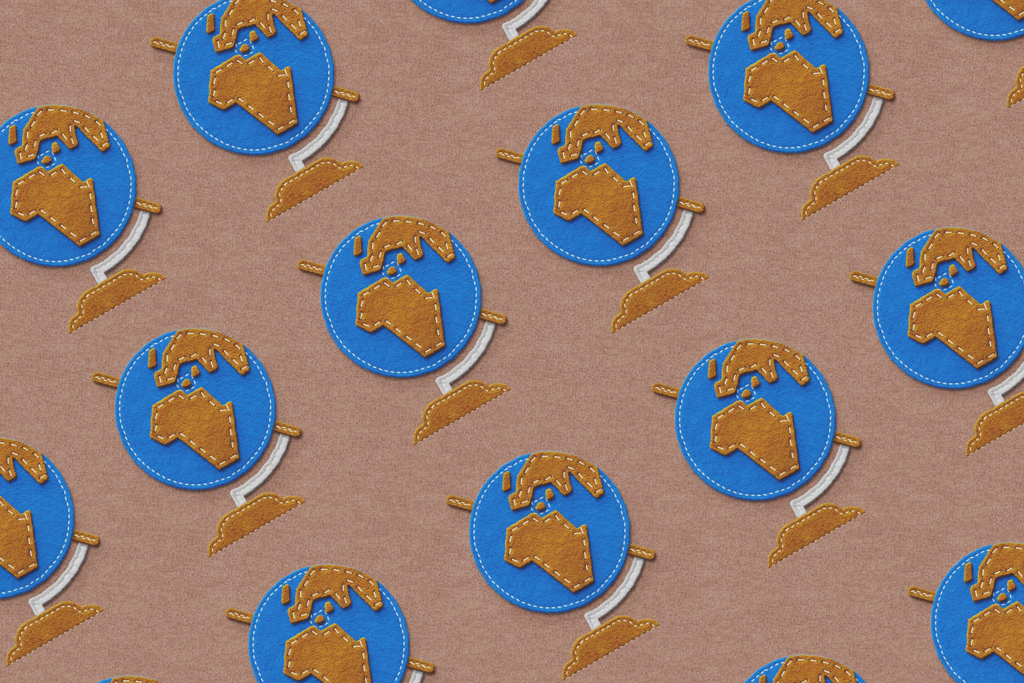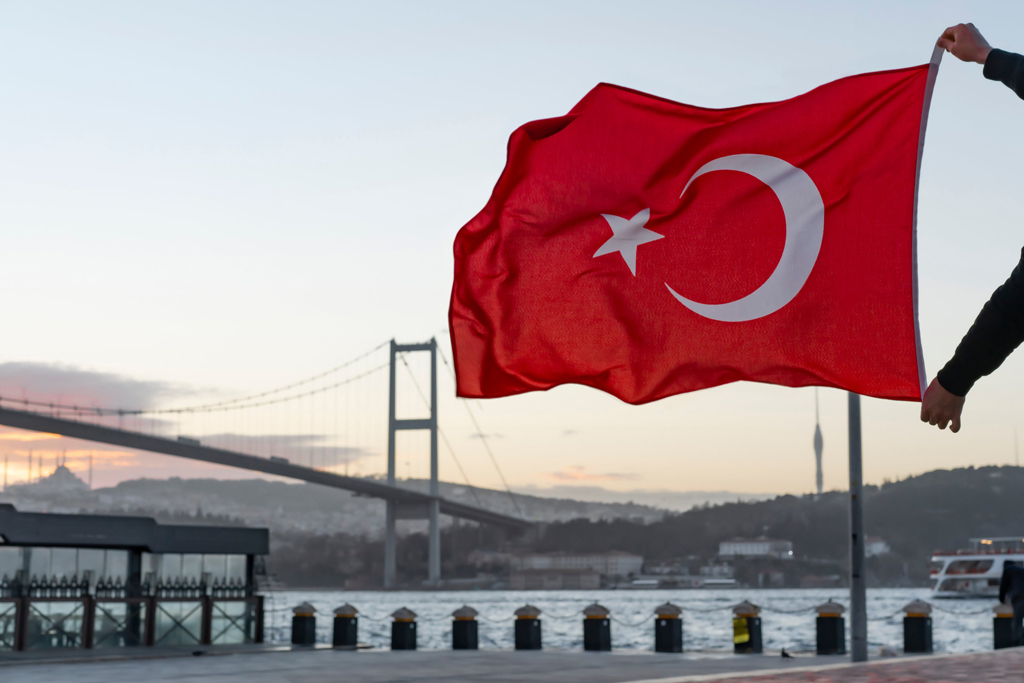
The risk of world disorder
The world has been in transition since the end of the Cold War and the collapse of the bipolar world system in the early 1990s. Several attempts to consolidate the Western, i.e., American, hegemony during the first decade of the post-Cold War period have failed. Some may argue that the 9/11 terrorist attacks were against the symbols of American hegemony and were a turning point in the search for a new hegemon. However, the American reactions, namely the invasions of Afghanistan and Iraq, failed. The United States could not ensure the unity of the West: Western European countries followed different, sometimes conflictual, policies.
Share
The world has been in transition since the end of the Cold War and the collapse of the bipolar world system in the early 1990s. Several attempts to consolidate the Western, i.e., American, hegemony during the first decade of the post-Cold War period have failed. Some may argue that the 9/11 terrorist attacks were against the symbols of American hegemony and were a turning point in the search for a new hegemon. However, the American reactions, namely the invasions of Afghanistan and Iraq, failed. The United States could not ensure the unity of the West: Western European countries followed different, sometimes conflictual, policies.
Then, some non-Western countries such as China, India and Brazil increased their relative autonomy in world politics and markets. The more the non-Western countries increased their share and effectiveness in the world, the more the West lost its effectiveness. This led to worldwide political and economic instabilities and uncertainties. The course of the world, full of political and economic instability and uncertainty, has led all states to take different measures.
Both Western and non-Western countries began to develop different answers/measures to the increasing instabilities and uncertainties. Although most of these measures were short-lived and temporary due to the transitory nature of the world system, most states continued to follow multilateral, dispersed and sectoral policies. Unfortunately, some states go further and insistently push all the buttons of the world political game.
States give at least three different answers to the recent developments in world politics. First of all, all states traditionally try to maximize their national interests and accordingly, they take necessary measures at the national level. Second, most states try to increase their effectiveness in global international organizations such as the United Nations and its specialized institutions, mostly established by the Western countries in the wake of World War II. Third, most states, Western or non-Western, try to launch new political, economic and security initiatives to prepare for the negative impacts of global instabilities and uncertainties.
Tags »
Related Articles






